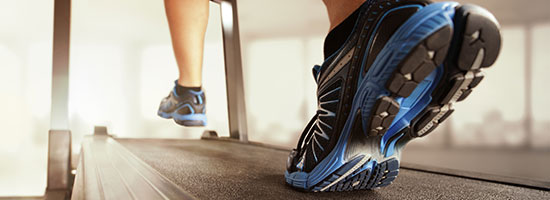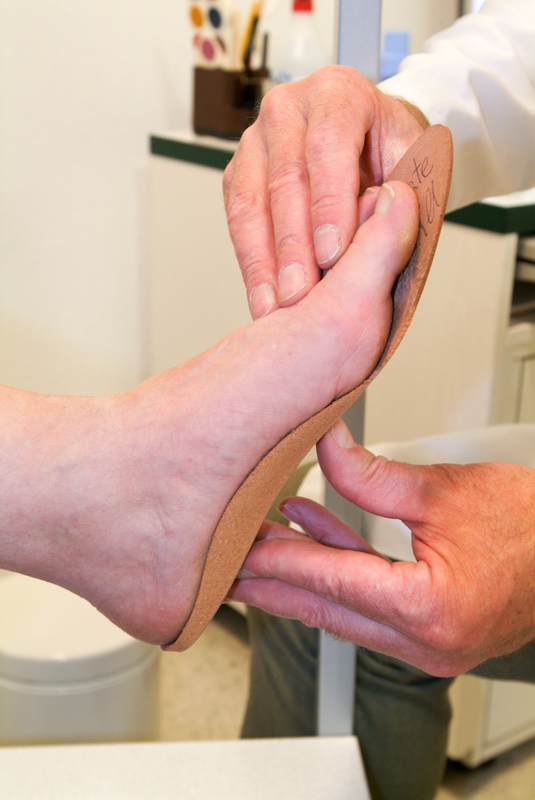
What are the advantages of custom orthotics versus over-the-counter orthotics?
Some shoe inserts and arch supports are sold in drug stores. They have the advantage of being relatively inexpensive, and they can help people with relatively minor problems. Their main disadvantage is that there is no guarantee that they will properly fit a patient – and orthotics that don’t fit properly can actually make problems worse.
Custom orthotics in Studio City, on the other hand, are prescribed by a podiatrist who has examined the patient and diagnosed their problem. Some podiatrists also make their own orthotics, but most send the prescription to a lab or specialist who will make the orthotics for them. As they are made for a specific patient, custom orthotics are guaranteed to fit that patient.
The superior fit of custom orthotics in Studio City means they are more likely to work effectively than are mass-produced orthotics. Given that, they can prevent a patient’s condition from deteriorating to the point they need foot surgery. Many podiatrists prefer to have patients try orthotics before recommending surgery. Custom orthotics in Studio City also last a long time: three to five years. Over-the-counter orthotics, by contrast, last six to twelve months.
What kinds of orthotics are there?
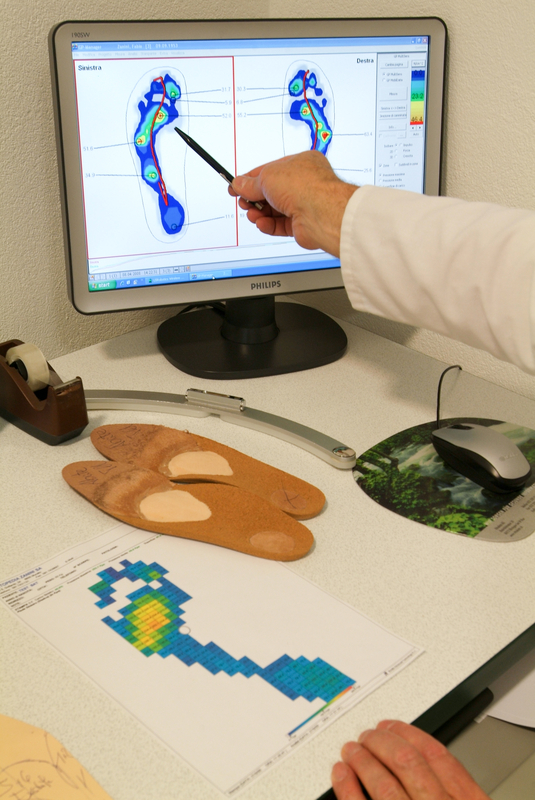
Orthotics can also be rigid, semi-rigid or soft. Rigid orthotics are designed to control the movements of foot joints, and they are made of carbon fiber or plastic. Soft orthotics are made from foam or silicone and are designed to ease the pain in people with conditions like arthritis. Semi-rigid orthotics are made from a combination of rigid and soft materials, and they are often used by athletes.
When should someone get orthotics?
Anybody with chronic pain in the foot, leg or lower back should at least have a doctor examine them. Chronic pains in these areas might be due to slight differences in leg length or to abnormalities of the feet. Orthotics can help in both cases.
People with conditions like diabetes or arthritis could also benefit from custom orthotics. Runners and other athletes can also be prone to foot problems. Even a minor imbalance involving the feet can affect a person’s posture and throw off their whole body.
A person should see their podiatrist about orthotics if any of the following are true:
- They have chronic pain in their foot, knee, leg or lower back
- They frequently sprain an ankle
- One side of the sole of their shoe wears out faster than the other
- Their feet point inward or outward to an excessive degree when they walk
- Their toes are not straight
What does a foot exam involve?
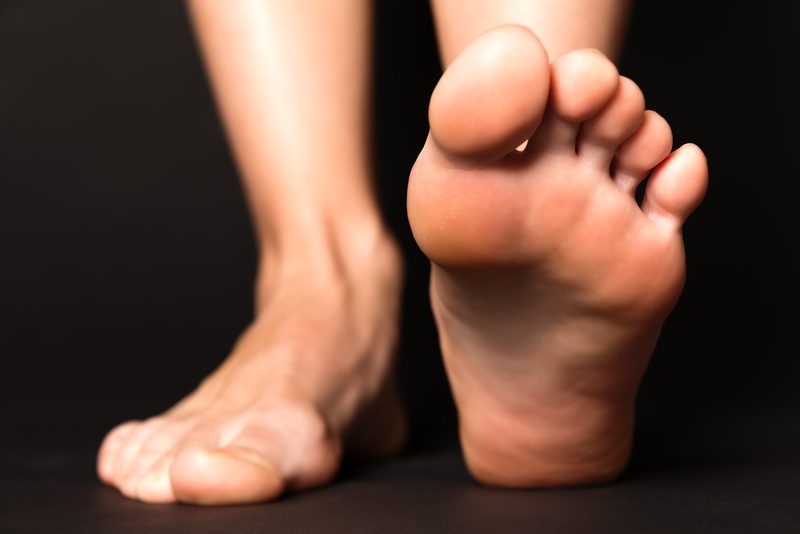
The physical exam itself will typically involve an inspection of the foot, palpation of the foot, the range of motion tests, neurovascular tests, and special tests. During the inspection, the podiatrist will note any visible abnormalities like hammer toes or flat feet. He will also note any injuries, healed or otherwise. During palpation, the podiatrist will note the patient’s reaction to being touched. If the patient reacts with pain, he will make a note of exactly where the pain is.
During the range of motion tests, the podiatrist will want to see how well the patient’s joints work. He will test the knees, ankles, feet and even toes to determine how comfortably and easily they move. Again, he will make note of any pain or abnormality. During the neurovascular test, the podiatrists will look for abnormalities in the nerves and blood vessels. He will test the patient’s reflexes and strength.
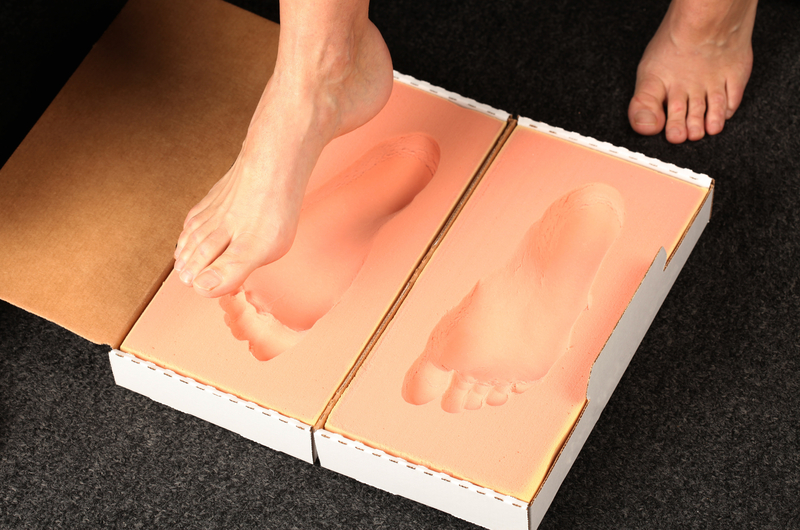
Are there rules for wearing orthotics?
Orthotics should be worn in the shoes the patient uses most often. The patient can get orthotics made to work with special types of shoes like high heels or athletic shoes.
Custom orthotics in Studio City require a breaking-in period that generally lasts two weeks. The patient will wear the orthotics for an hour on the first day, two hours on the second day, etc. By the end of the breaking-in period, they should be able to comfortably wear the orthotics for eight hours. The patient should not exercise while wearing the orthotics until the end of the breaking-in period.
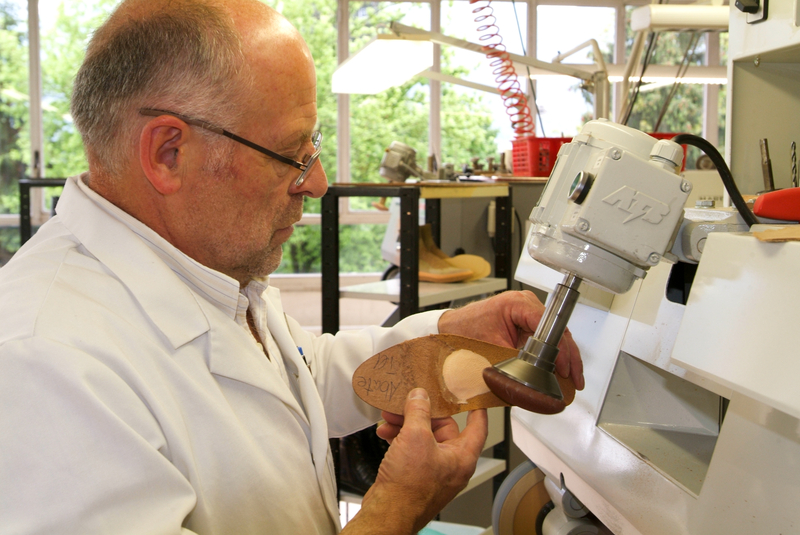
To learn more about custom orthotics in Studio City, contact our office today to schedule your first appointment and consultation. We can help you determine if custom orthotics can help you.


